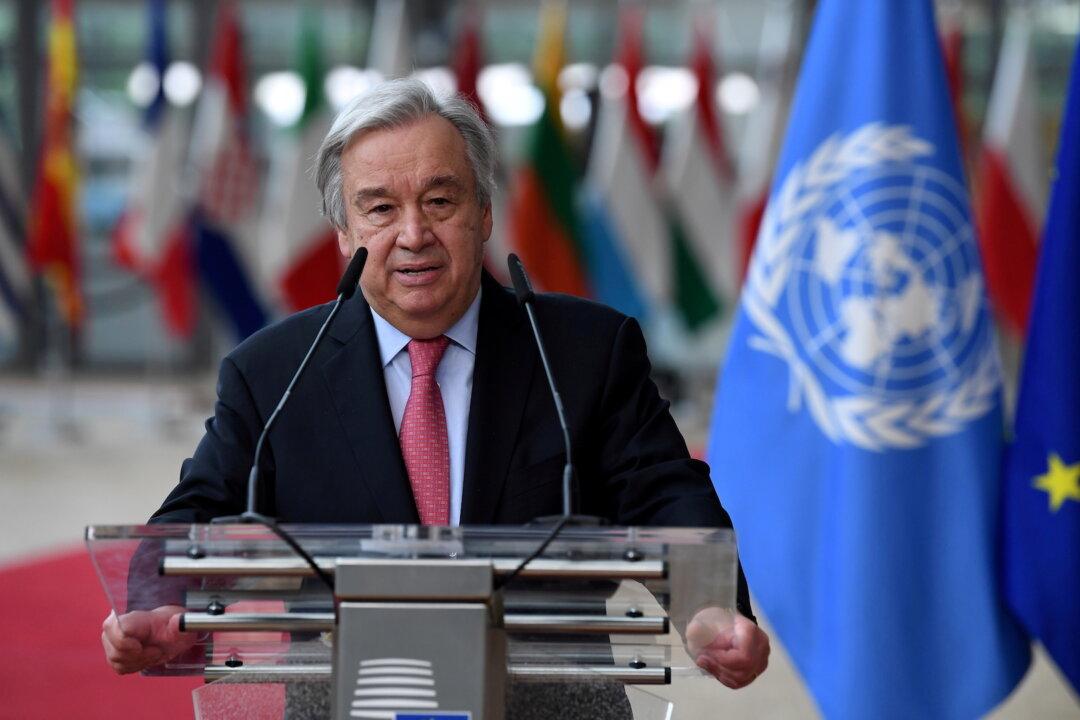In 2021, the world economy surged to a growth spurt not seen in 40 years, but the momentum is expected to lose steam during this year and the next, said the United Nations, owing to lingering supply-chain constraints, rising inflation, and new waves of COVID-19 infections.
“After a global contraction of 3.4 percent in 2020 and following an expansion of 5.5 percent in 2021, the highest rate of growth in more than four decades, the world economy is projected to grow by 4 percent in 2022 and 3.5 percent in 2023,” according to the World Economic Situation and Prospects 2022 report published Thursday.





